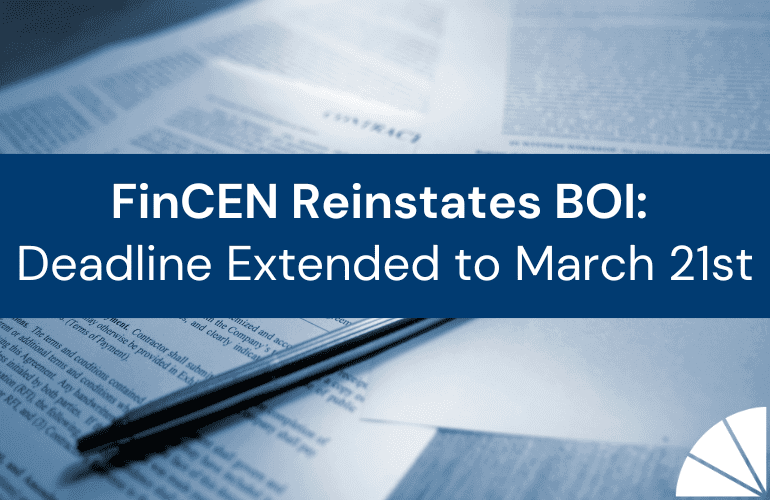
Whether it’s the version of the series released in the 80s or mid-2000s, most of us probably remember the TV show MacGyver. Remember how, against all odds, he could surface from an impossible challenge unscathed using only a piece of duct tape and a match? Well, that’s the level of resourcefulness we’ve seen from many business owners these days, and it’s pretty incredible. A lot of things have changed for businesses since the onset of the COVID-19 pandemic. As they pivot to meet new and evolving business and consumer needs, many businesses are invoking their “inner MacGyver” to break into unexpected markets and establish new operational models. Any time your operations, policies, and procedures change, you may increase your vulnerability to specific risks. It’s imperative to reevaluate your control environment to ensure it evolves in tandem with the new remote work world.
Risk Assessments
Revenue is the lifeblood of business. COVID-19, market shifts, economic conditions, and other forces beyond your control can have a major impact on your business revenue. In an uncertain economy, revenue projections and forecasts can be challenging, but ensuring your business will have adequate cash and be able to meet its financial obligations is an integral part of assessing risk. Budgets and forecasts have always been vital tools for businesses and the importance of using these tools in the remote work world remains just as high, if not higher.
It’s important to remember that the control environments of your vendors and suppliers can affect your business controls by extension. Control environment changes and supply chain issues may result in the need for additional oversight or new service providers. Reach out to each of your vendors and suppliers. Assess your risks by inquiring about the changes they have made and their ability to continue to meet your business needs.
Examine the way you’re using software and technology. Are there missed opportunities to leverage existing capabilities and functions in performing controls? Are there procedures that you could automate? Are there gaps that could be bridged by acquiring new technologies? The level of cybersecurity risk has grown exponentially during the pandemic. As a result, many businesses have enhanced their cybersecurity measures and considering the size of the cybercrime industry, performing in-depth risk assessments around your technological risks is imperative.
Human Resource Allocation
Working from home is no longer considered a perk available to a select few; it’s the new way of the world. It’s essential to review your remote access controls to ensure employees only have access to what they need to perform their job functions, including necessary training and onboarding resources.
The remote work world may lead to the need for adjustments to your personnel model. Review your model to assess your need for backup personnel and ensure appropriate resource allocation, segregation of duties, and delegation of authority.
Communication Methods
Face-to-face communication isn’t always an option right now. Using video conferencing platforms, such as Zoom, GoToMeeting, and Microsoft Teams, in daily operations has become commonplace. Utilize these tools and other methods, such as your company intranet page, newsletter, or regular emails, to instill the importance of controls and inform employees of new and changing policies and procedures. These are more informal communication methods, however. Make sure these methods do not replace your formal documentation of policies and procedures.
It is important to remember that sharing information through video conferencing platforms should be performed carefully. If it is confidential, be sure that due diligence is performed to determine whether the platforms you are using are safe.
Executing & Monitoring Controls
Changing the way you operate can also affect your methods of control execution. For example, you may need to create or adjust your electronic processes in place for reviewers and approvers. The way you monitor specific controls may change as well. Review your processes to see if you could automate any manual processes or need new reporting standards to ensure proper documentation and monitor timely deliverables. Your key governance framework and documentation may also be affected, so you should evaluate how any changes could affect your control activities and IT systems.
Additionally, the implementation of accounting softwares like QuickBooks Online has become extremely popular and is highly recommended. This software allows those who have a login to access their accounting records from anywhere. Softwares like Bill.com can be integrated with QuickBooks Online and were rising in popularity prior to the pandemic. COVID-19 has accelerated the usage of softwares like this. Such softwares allow companies to maintain, and a lot of the times improve, their segregation of duties, authorization, and approval of expenses and can result in significant efficiencies along the way. Electronic deposit could also likely be set up with your bank if you receive cash or checks and would accelerate your cash flow.
Documenting your controls, policies, and procedures is of utmost importance, especially in the remote work environment. Being able to refer to a document could be extremely helpful for employees to understand their roles and responsibilities, as they remain ever-changing.
Contact LGA
Sure, MacGyver may have been a one-man operation solving unconventional problems with few to no resources. But business owners don’t have to take on high-risk situations alone. LGA’s audit and assurance team helps businesses broaden the focus of A&A beyond reporting compliance. I can help you simplify the complexities of adapting your business’s controls to align with the new remote work world. Contact me today to discuss your control environment strategy.






